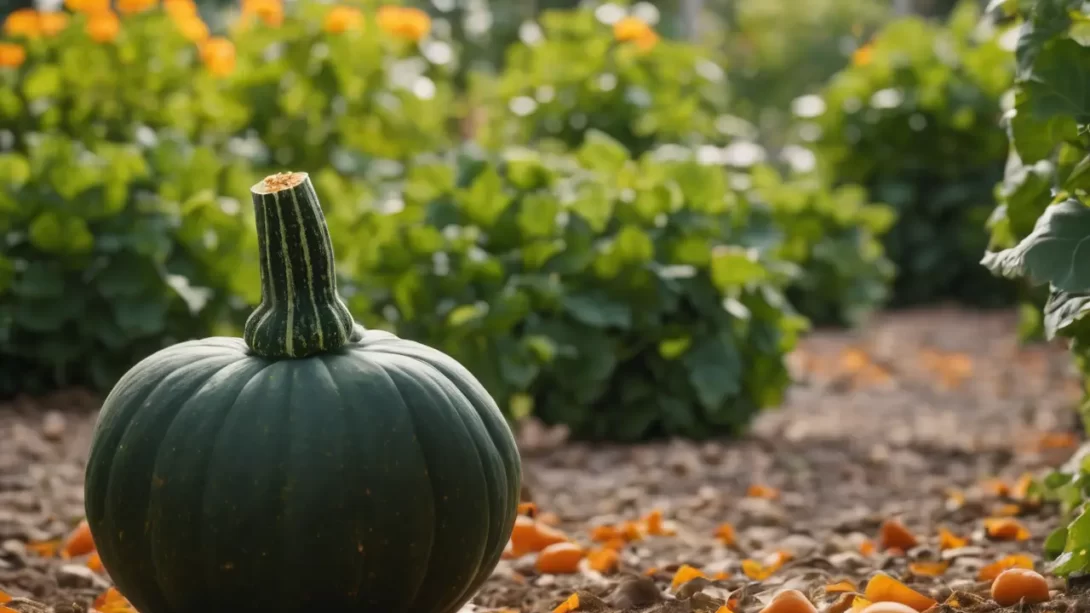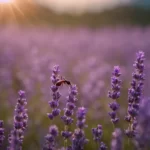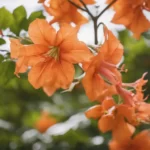In the world of vegetables and gardening, understanding the classification of various plants is key to successful cultivation and dietary choices. Among these classifications, the nightshade family, or Solanaceae, often sparks interest and, occasionally, confusion due to its mix of edible and toxic members. A common question that arises is whether squash, a widely consumed vegetable, is part of this diverse family. This article aims to clarify the relationship between squash and nightshades, providing a clear understanding of their botanical classification.
Vegetable Families
Vegetables are classified into families based on shared botanical characteristics. These families group plants that have similar flowers, fruit types, and other botanical features. Understanding these familial relationships is not just a matter of academic interest; it also has practical implications in gardening, such as knowing which plants are likely to face similar pests and diseases, and in nutrition, where it informs us about potential allergens or nutritional profiles.
Overview of the Nightshade Family
The nightshade family, scientifically known as Solanaceae, is a diverse group of plants that includes both edible and poisonous species. This family is characterized by certain common features, such as the shape of their flowers and the way their fruits develop. Well-known edible members of the nightshade family include tomatoes, potatoes, eggplants, and bell peppers. These vegetables are staples in diets worldwide, but the family also includes notorious toxic plants, like belladonna and tobacco.
Squash: Classification and Characteristics
Squash, encompassing a variety of species under the genus Cucurbita, is actually a member of the Cucurbitaceae family, not Solanaceae. This family also includes cucumbers, melons, and pumpkins. Squash is broadly categorized into summer squash (like zucchini and yellow squash) and winter squash (including butternut, acorn, and spaghetti squash). These plants are known for their sprawling vines, large leaves, and distinctive flowers, which often lead to the production of fleshy, edible fruit.
Differences Between Nightshades and Squash
While both squash and nightshade vegetables are integral to various cuisines, they have distinct botanical differences. Nightshades typically have alternate leaves and often possess five-petaled flowers. Their fruits usually contain seeds and develop from a single ovary. In contrast, members of the Cucurbitaceae family, like squash, often have tendrils and produce large, fleshy fruits that develop from an inferior ovary. These botanical distinctions are crucial for gardeners and botanists in identifying and classifying these plants accurately.
Why the Confusion?
The confusion between squash and nightshades may stem from their common usage in culinary applications. Both families provide popular vegetables used in a variety of dishes worldwide. Additionally, both families include a mix of edible and inedible species, which might contribute to the misunderstanding. However, it’s important to distinguish between the two due to their differing nutritional profiles and potential allergens, as well as their varying requirements in cultivation and pest management.
Conclusion
In summary, squash is definitively not a member of the nightshade family. Belonging to the Cucurbitaceae family, squash shares more characteristics with cucumbers and melons than with nightshades like tomatoes and eggplants. This distinction is crucial for gardeners, as understanding the correct family classification can greatly impact cultivation practices, pest control, and crop rotation strategies. For consumers, particularly those with specific dietary needs or allergies, this knowledge is equally important.
Recognizing the differences between plant families enriches our understanding of the natural world and enhances our capabilities in both gardening and cooking. While culinary uses may blur the lines between different vegetable families, the botanical distinctions remain clear and significant.
The exploration into whether squash is a nightshade reminds us of the rich diversity in the plant kingdom. Each family, with its unique characteristics and members, contributes to the vast array of vegetables available to us. As gardeners and consumers, appreciating and understanding these differences allows us to make informed decisions, cultivate successfully, and enjoy the full bounty of our gardens and kitchens.



